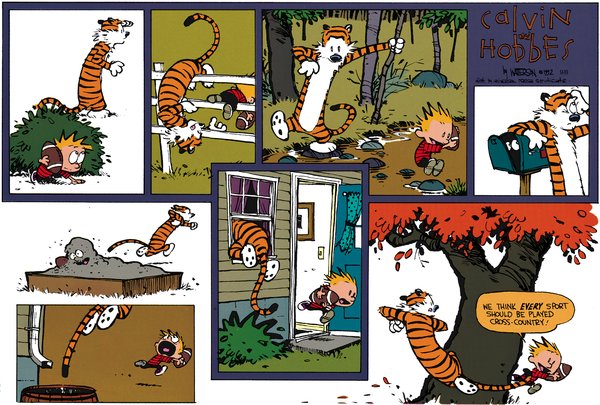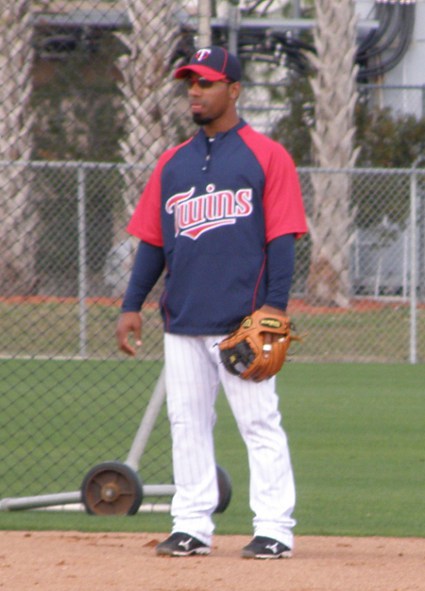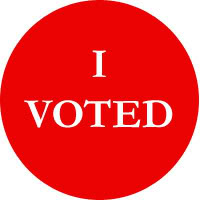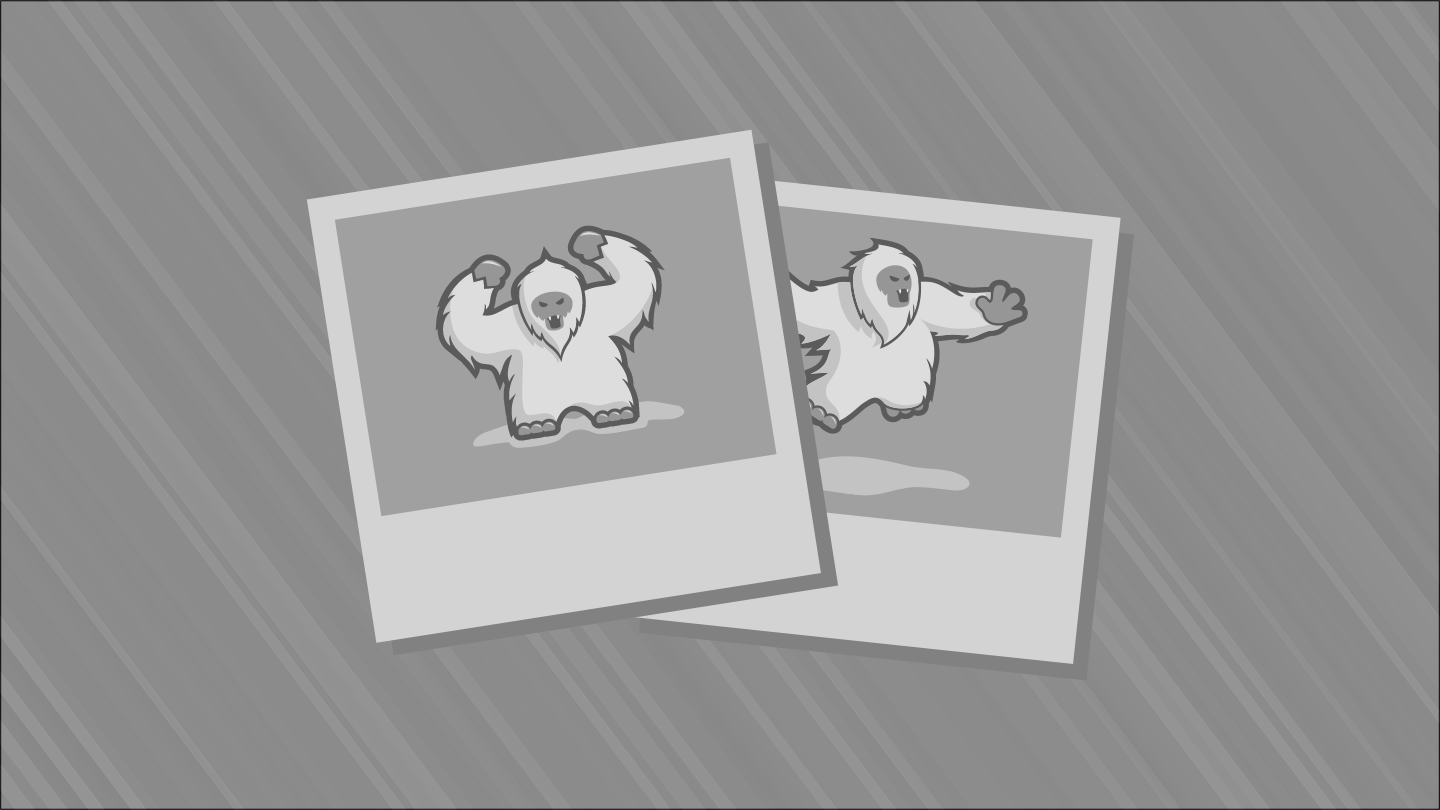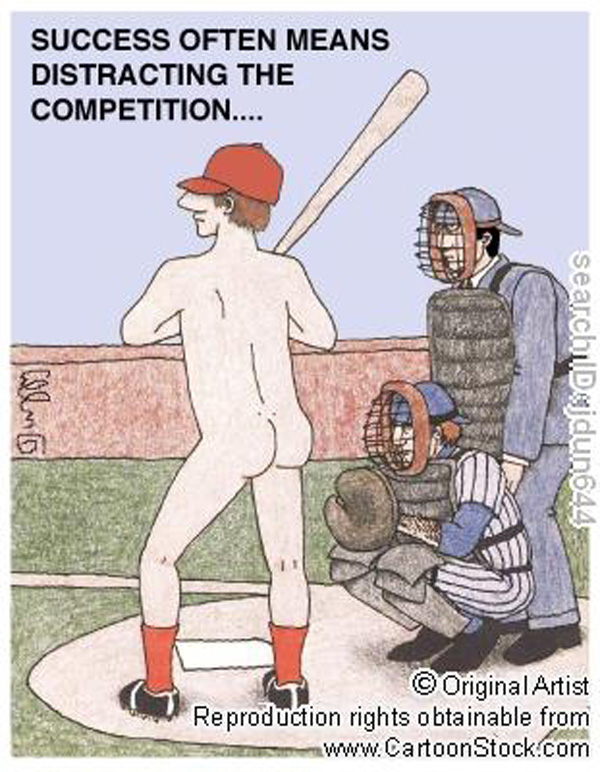
I’ve been feeling under the weather the past couple of weeks and that tends to make me grumpy. I’m feeling much better, but apparently the grumpiness is not wearing off quickly. The Toronto-Miami trade announced Tuesday didn’t help my mood much, either.
We really should have seen this coming. It’s not like Marlins owner Jeffrey Loria has never cleaned house before, right? True, in the past, he’s dumped his high-priced stars after winning World Series Championships and pleading poverty because he didn’t have a shiny new stadium like other teams did. But in retrospect, we really can’t be surprised that he is once again overseeing the complete dismantling of his roster. What did surprise us, however, was that this time he unloaded almost his entire remaining cadre of recognizable stars on to one single team and that team was the Toronto Blue Jays!
All-Stars Josh Johnson, Mark Buehrle and Jose Reyes are now Blue Jays, as are Emilio Bonifacio and John Buck, who’s actually returning for a second engagement in Toronto. The Marlins are also sending a few million dollars in cash along, but not enough to even make a dent in what I’ve seen estimated to be $160 million of remaining salary owed to the new Jays players. In fact, it appears the cash included in the deal is primarily just to cover most of Buck’s salary.
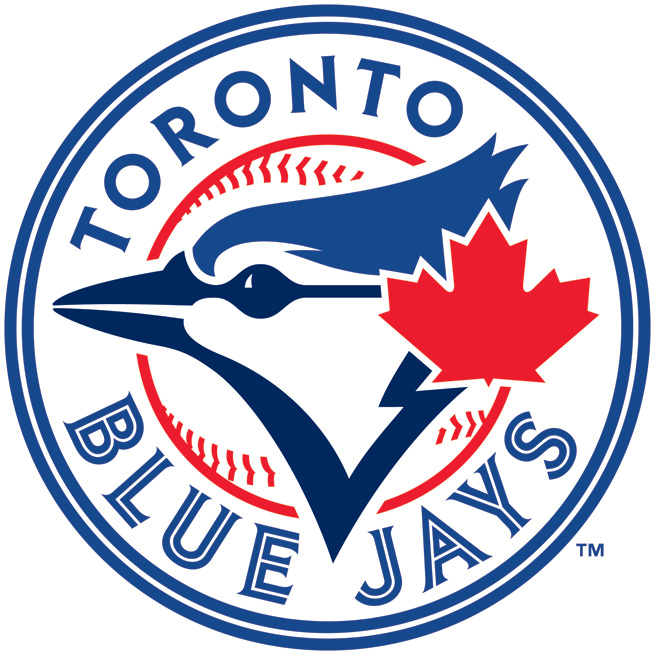 In return, Toronto sent the Marlins Yunel Escobar and several young (read: cheap) players that are several years from their first big paydays. A couple of those players are legitimate prospects that could eventually play major roles on a Big League roster, so it’s not like Toronto didn’t give anything up in the deal.
In return, Toronto sent the Marlins Yunel Escobar and several young (read: cheap) players that are several years from their first big paydays. A couple of those players are legitimate prospects that could eventually play major roles on a Big League roster, so it’s not like Toronto didn’t give anything up in the deal.
But this is a Minnesota Twins blog, so what does any of this have to do with the Twins? Simply this… the Blue Jays, like the Twins, saw themselves at or near the bottom of their Division after yet another disappointing season and faced some choices concerning how to change their fortunes. They could promote young talent from within the organization to fill some of their needs and look to fill a few other holes via trade or fringe free agents… or they could find top-shelf talent available on the trade market and use some of their better young prospects to acquire it. They obviously chose the latter path.
As Twins fans, I think we’re entitled to pose the question, “Why shouldn’t the Twins do the same thing?”
I know we’ve been brainwashed for years by the Twins to the point where we now believe that the only way for the Twins to become competitive again is to trade away established stars like Denard Span, Justin Morneau and/or Josh Willingham for the starting pitching so desperately needed and middle infield help that certainly could stand to be upgraded, while replacing the departing players by backfilling with young guys. That’s what the Twins have always done. It’s a much more accurate description of “The Twins Way” than is the long-established myth that they play sound fundamental baseball between the lines.
The Blue Jays, however, have examined a very similar set of circumstances and decided instead to be bold. Of course, it helped that they found a crazy-assed owner who overpaid for several stars a year ago and now wanted to dump them all.
So let’s return to the question posed… what would keep the Twins from doing the same thing the Blue Jays did (other than the obvious… an ultra-conservative management team)?
Do the Twins not have young talent comparable to what the Jays had? I find that hard to believe. Most of the Major League ready players sent to Miami appear to be nothing more than temporary fillers to replace the guys they gave up and only two of the prospects appear to be even potential above-average ballplayers. One of them is a Jake Marisnick, a “five tool” outfielder who’s probably going to repeat AA and the other is lefty starting pitcher Justin Nicolino, who has only had one year of full-season minor league ball. Nicolinao is arguably a better pitching prospect than the Twins have in their pitching-poor organization, but the Twins appear to have several outfielders with greater value than Marisnick.
Is it a money issue? Let’s put it this way… it probably IS a money issue in that the Twins under current management have never been inclined to take on the kind of salary commitments that Johnson, Buehrle and Reyes represent. However, it SHOULDN’T be a money issue. The Blue Jays had an opening day payroll in the mid 80 millions a year ago, without the benefit of a ballpark like Target Field. They barely cracked the 2 million mark in attendance and even that was about a 10% increase over 2011.
But here’s the thing. The new national media rights deal for Major League Baseball is going to put something like an additional $25 million in revenue straight in to the pockets of every MLB team starting in 2014. Does that mean that teams like Toronto and Minnesota should just go indiscriminately crazy and overpay a bunch of has-beens and never-weres? Of course it does not. But it should open the door for teams to rethink their past operating models.
The Twins have historically told the public that their model is to spend about 50% of revenues on their Major League payroll. That goes back all the way through the old Metrodome days when the team had one of the worst revenue streams in MLB and it has continued through the “boom” years of their new ballpark. If they hold to that model, only half of the “new money” from the media deal will see its way in to their payroll budget.
But why should that be the case? What additional expenses come with that $25 million in additional revenue? Absolutely none. It is simply “found money” that comes with no strings attached and if the Twins have indeed been realizing revenues at twice their MLB payroll, it represents at least a 12.5% increase in revenues! I’m sorry, but I simply can’t buy any excuse that might be proffered for why the team should not sink most, if not all, of that money in to putting a better product on the field.
But wait… the Jays, while not drawing as many fans as the Twins lately, are at least seeing their attendance rise over the prior year while attendance at Target Field is dropping off dramatically. So shouldn’t the Twins be more conservative? Heck, no!
Don’t you think the phone lines going in to Toronto’s offices are heating up today with people signing up for 2013 ticket packages? Reasonable debate may be offered as to just how many additional wins the new Blue Jays players can be expected to add to their record, but the Jays front office sent a clear message to their fan base that they intend to get serious about ending their also-ran status in the AL East. I refuse to believe the same wouldn’t be happening at the Target Field offices of the Twins today if it had been Terry Ryan who had pulled off a similar deal yesterday.
I’m fine being patient for a few more weeks to see what kind of improvements Ryan can make to the Twins roster. After all, even if he did want to follow the Blue Jays’ lead and pull off a similar monster deal, there aren’t many crazy owners like Jeffrey Loria out there. Even the A’s, who can almost annually be counted on to trade away anyone with a pulse, are reportedly looking to add talent this offseason rather than trade away what they have.
But Twins fans should not have to listen to more crap from the front office about how payroll doesn’t matter and how $85-90 million is more than Terry Ryan ever used to have at his disposal so there’s no reason to spend more than that now. That’s complete and utter bullcrap.
If the Twins want more people to attend games in 2013 instead of fewer, there’s one way and one way only to accomplish that. It’s not by adding pitching at the expense of having to trade away a number of your best position players and it’s sure as hell not just by adding a drink rail in right field.
You get more fans at the ballpark and more viewers on television and more sales of your merchandise by making bold moves to improve the crappy product you’ve put on the field for the past two years.
The Blue Jays finally seem to get that. I’m not sure the Twins ever will.
– JC


